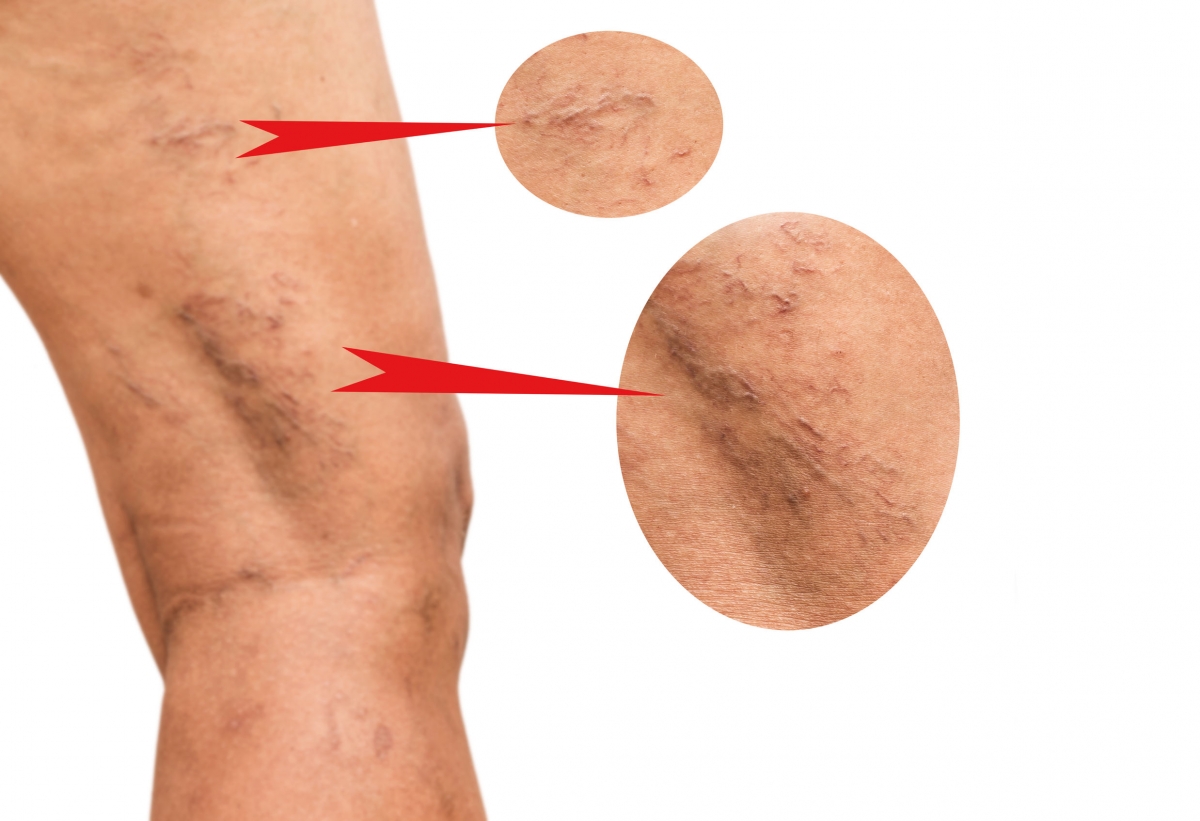Know the Signs: Varicose Veins

For over 3 million people diagnosed with varicose veins, this common condition is generally benign, but the cause is not yet known. Symptoms of varicose veins are enlarged veins that become gnarled with pressure. It's common to see them on your legs and feet.
Symptoms of Varicose Veins:
For most, varicose veins may not cause any pain. Signs of varicose veins may include:
- Dark purple or blue veins that appear twisted; often like cords on your legs
- Burning, throbbing, muscle cramping and swelling in your lower legs
- An achy or heavy feeling in one or both of your legs
- Worsened pain after sitting or standing for an extended period
- Itching
- A painful cord in the vein with red discoloration of the skin
If you experience color changes, hardening of the vein, inflammation of the skin or ulcers near your ankle, you could have a severe form of vascular disease that requires medical attention.
When to See Your Doctor
If you are not experiencing painful symptoms, you may not have to see your doctor regarding your varicose veins. Self-care includes: exercise, elevating your legs or wearing compression stockings under your clothing. If you're concerned about how your veins look and feel and self-care measures haven't stopped your condition from getting worse, schedule a visit to see your doctor.
Causes of Varicose Veins
Blood is carried through your arteries, and it's the job of our veins to disperse blood throughout the rest of our body. Unfortunately, gravity works against the veins in our legs and feet. Many factors, such as age, obesity, and pregnancy can contribute to varicose veins. As we age, our veins lose elasticity causing them to stretch and weaken. When you are carrying extra weight, you are putting pressure on your veins, which can ultimately cause them to weaken from overuse. Women who are pregnant may develop varicose veins because of the volume of blood in their body. The change is to help your growing baby, but it also affects your blood flow.
If you notice small dark purple or blue lines on your legs or feet, it's not a cause for panic. In most cases, this condition is more of a cosmetic concern versus a severe medical problem, but if you start to experience pain, visit your doctor.
